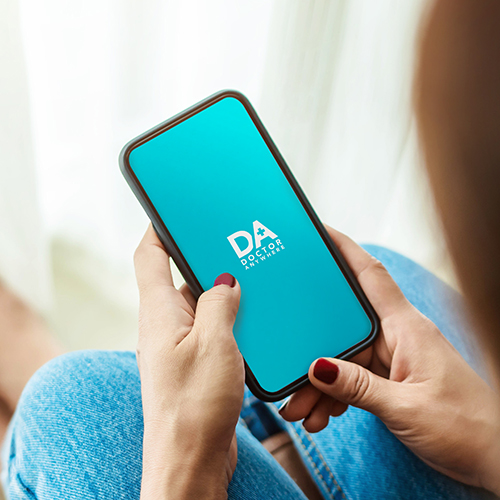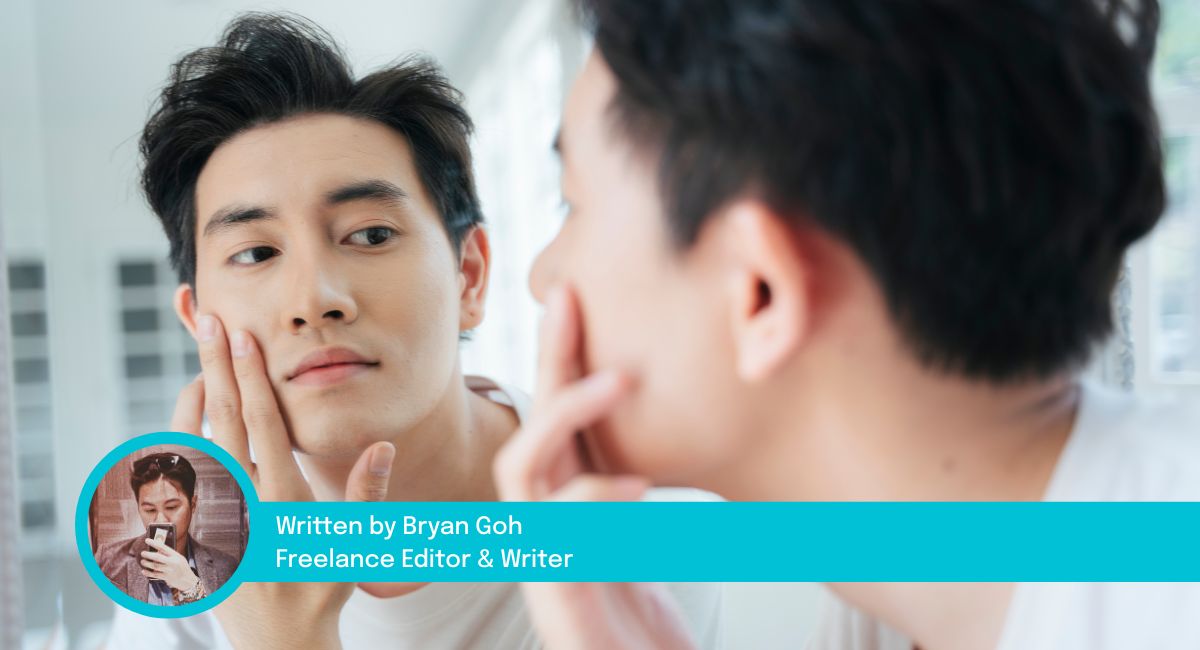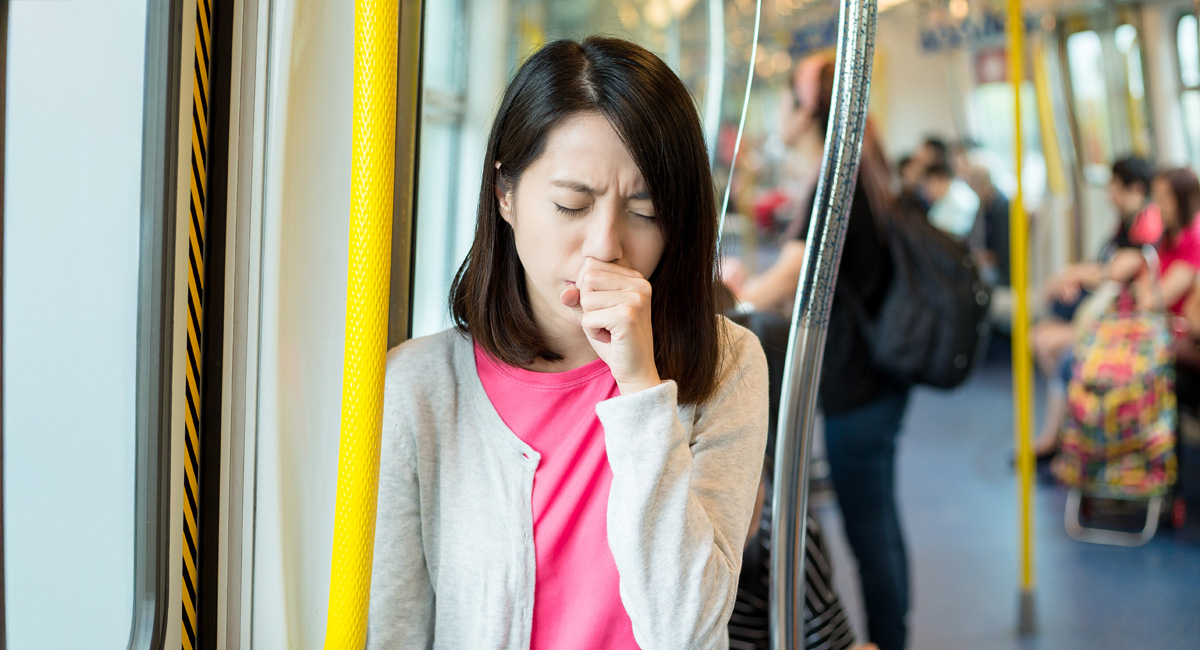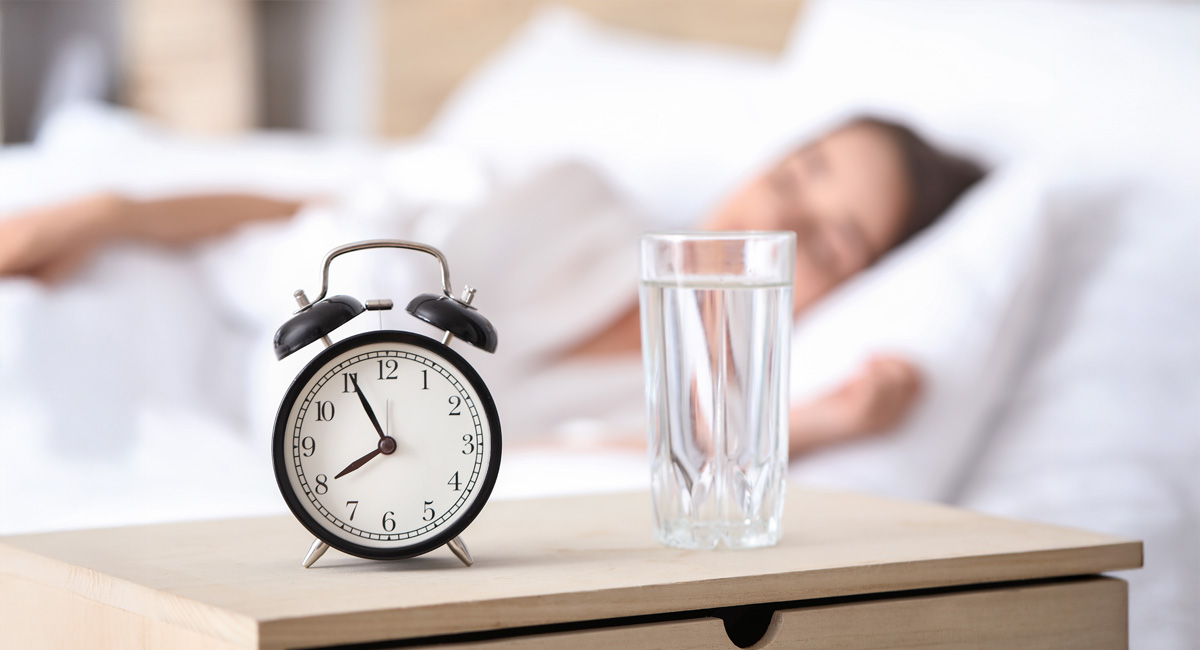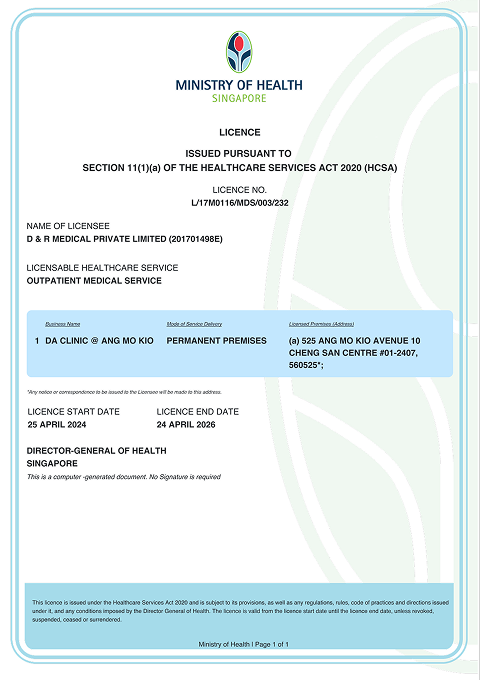For some, Accutane is a one-time miracle. For others, it’s a relationship defined by dryness, discipline, and diminishing returns. This is why I’m micro-dosing it and finally seeing results.
In Greek mythology, Sisyphus is condemned to push a boulder uphill for eternity. Just as it nears the summit, it rolls back down again, and again, and again. Replace the boulder with acne, and the metaphor becomes less literary, more literal. Mine began in my late teens: first a spot, then a cluster, then a full constellation that saw fit to chart itself across my face.
Like any youth raised on print magazines and their miracle cures, I took matters into my own hands. Acids, masks, exfoliants, and anything short of actual alchemy. In moments of red-raw desperation, I tried the “natural” route, which only made things worse. My acne worsened, turning into cysts, and managing it was less a routine than a relapse loop.
Eventually, I sought professional help and walked out of my family doctor’s office with a magic pill: Acnotin, also known as Accutane. A golden capsule. A pharmaceutical miracle. The holy grail, as I liked to think of it. First patented in 1969 and approved for medical use in 1982, isotretinoin (its less glamorous name) is essentially vitamin A on steroids. It speeds up skin cell turnover, prevents clogged pores, and reins in oil production. Blackheads, whiteheads, and cysts are all flattened under its spell. I could now even eat cheese, sleep like a dairy-satiated baby, and wake up clear.
The Highs and Lows of Accutane
But like all myths promising greatness, this one had a catch. When cell turnover ramps up, oil production slows to a crawl. Skin peels. Lips crack. Eyes sting. The mucous membranes revolt. Add alcohol, and things get dicier. Vitamin A is fat-soluble—the body stores it, but doesn’t easily excrete it. This means excess amounts can quietly sabotage your liver. I gave up drinking and submitted to monthly bloodwork, a small price for clear skin.
In the West, dosing is much more extreme. A daily 0.5mg per kilogram body weight is the baseline, with some prescriptions climbing to 120mg. In Singapore, dermatologists typically start patients on 10mg or 20mg, ramping up slowly over three to six months. The magic figure, for those tracking, is a cumulative dose of 150mg/kg. Most courses here don’t hit that target. They get you just clear enough, and the rest is maintenance. This maintenance is yours alone.
According to ScienceDirect, six months of 20mg daily is effective for moderate acne, with fewer side effects and lower costs. But this only works if you’re lucky. I’ve been on Accutane four times. Each time, it worked until it didn’t. The acne would vanish, then rear its ugly, pustular head just months later. The National Library of Medicine in America calls this the trade-off of low-dose isotretinoin: reduced side effects, higher relapse rates.
Breaking the Cycle: How Micro-Dosing Changed My Skin For Good
Why am I still on it, then? Because I finally stopped rolling the same boulder. I’m on my fifth round, now with a new approach: low-dose, long-game. I did a year at a steady, successful 20mg, then downshifted to what my doctor, I, and many others call micro-dosing. A paper by Bioline International backs this: patients on 20mg for up to three years saw excellent outcomes when managing relapse. I now take just 10mg a week.
Do I still break out? Of course. Sometimes by my own doing, sometimes by the fickle hand of fate or follicle. But the constellation never returns. And I still play by the rules: daily sunscreen, no alcohol (fine, just two drinks, maximum), and regular blood work. Controlling acne is no longer my Sisyphean task. It’s a manageable nuisance and thanks to the cost-efficiency of stretching three months’ worth of pills across twenty, a fiscally responsible one at that.
About the Author
Bryan Goh is a freelance editor and writer with a passion for purposeful storytelling. Formerly part of the editorial teams at Her World Singapore, Grazia Singapore, and Men’s Folio, he’s spent years shaping fashion and grooming narratives with style and substance. A skincare enthusiast and fashion nonconformist, Bryan favours well-worn bags, and wrists full of layered jewellery — from charm bracelets to vintage bangles and keepsake bands. He also carries inked stories across his arms — each tattoo with a tale of its own.
Check out Bryan on Instagram @bryangohey_
